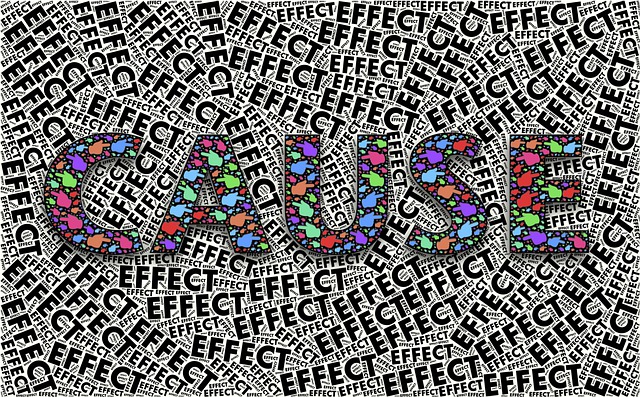Restless leg syndrome (RLS) is common in the elderly, with an estimated prevalence of 35% in individuals over 65 years of age
Introduction Restless Leg Syndrome
Restless Leg Syndrome. The main symptom of restless legs syndrome is an overwhelming urge to move your legs. And it can also cause an unpleasant crawling or creeping sensation in the feet, calves and thighs. Also, the sensation is often worse in the evening or at night. Besides the arms can be affected in some cases . In addition, restless legs syndrome is often associated with involuntary jerking of the legs and arms. Also, known as periodic limb movements in sleep (PLMS).
Consequently, some people have the symptoms of restless legs syndrome occasionally. But, others have them every day. the symptoms can vary from mild to severe. In severe cases, restless legs syndrome can be very distressing and disrupt a person’s daily activities. Restless legs syndrome (RLS) is common in the elderly, with an estimated prevalence of 35% in individuals over 65 years.
What Causes Restless Leg Syndrome
In the majority of cases, there’s no obvious cause of restless legs syndrome. Also known as primary restless legs syndrome, and can run in families. But, some neurologists believe the symptoms of restless legs syndrome. Also, may have something to do with how the body handles a chemical called dopamine.
Generally, dopamine, is used to control muscle movements. However, dopamine can be the cause of involuntary leg movements associated with restless legs. In some cases, underlying health conditions can be the cause of restless legs syndrome. For example, conditions, such as iron deficiency anaemia or kidney failure. And also called secondary restless legs syndrome.
Who’s affected by Restless Leg Syndrome
Restless legs syndrome is a common condition that can affect anyone at any point in their life. But women are twice as likely to develop restless legs syndrome as men. However, the symptoms of restless legs syndrome will usually disappear if it’s possible to address an underlying cause. But if the cause is unknown, the symptoms can sometimes get worse with time and severely affect the person’s life.
Restless legs syndrome is not life threatening, but severe cases can disrupt sleep (causing insomnia) and trigger anxiety and depression. Also, the charity Restless Leg Syndrome UK provides information and support for people affected by restless legs syndrome. Furthermore, they may be able to put you in touch with other people in your area affected by the condition.
Diagnosis
In the first place, the diagnosis of restless legs syndrome (RLS). Is based on the presence of clinical, patient self-reported symptoms. Consequently, an International Restless Legs Scale (IRLS). As a result, this is the most frequently used clinical diagnostic tool. Also, laboratory testing for other causes of RLS should be completed. And include complete blood cell count, ferritin (assessing for iron deficiency anemia). Also, markers of kidney and liver function, endocrine function (glucose and thyroid hormones) and vitamins (B12, D, and folic acid).
In managing secondary RLS, the first goal is to treat any underlying disease or mitigate any symptoms caused by prescription or over-the-counter medications that could exacerbate RLS. When a patient is taking an agent potentially exacerbating RLS. Therefore, a change in the medication drugs should be made, if possible. The common association between RLS and iron deficiency anaemia mandates checking serum ferritin levels with iron replacement given if these levels are less than 50 ng/mL. See the table below for medications that may contribute to the worsening of RLS symptoms.
Drugs Potentially Exacerbating RLS
- Antihistamines
- SSRIs
- Certain Anticonvulsants
- Antiemetics
- Dopamine Antagonists
- Neuroleptics
- Lithium
- Beta Blockers
Treatment For RLS
The treatment begins when symptoms impair quality of life, or sleep. In addition, once other potential causes are excluded. First-line treatment is non-pharmacologic and includes avoiding caffeine and alcohol, taking hot showers, finding distracting activities and maintaining good sleep hygiene. While dopamine agents were the gold standard of RLS treatment until recently, this medication can lead to augmentation of symptoms for many patients, causing earlier daily onset of symptoms compared to before medication treatment.
Caution! should be observed. Especially, if the symptoms worsen as the dose increases, as this may be due to augmentation. Symptoms of RLS may be intermittent, chronic persistent, or refractory. Furthermore, administered drugs should be at the minimum dose required, to control the symptoms. And in order to minimize risk of sedation, falls, and adverse drug events.
Medicine For RLS

A dopamine agonist is a compound that activates dopamine receptors. So then, in this case, dopamine agonists could be recommended. Especially if you’re experiencing frequent symptoms of restless legs syndrome. So then, they work by increasing dopamine levels, which are often low.
These medications can occasionally make you feel sleepy, so you should be cautious when driving or using tools or machinery after taking them. Also, other possible side effects can include nausea, dizziness and headaches.
The impulse control disorder (ICD) is a less common, side effect sometimes associated with dopamine agonists. Consequently, people with ICD are unable to resist the urge to do something harmful to themselves or others. For example, this could be an addiction to alcohol, drugs, gambling, shopping. But, this will subside once treatment with dopamine is stopped.
Painkillers
In this case, a mild painkiller, such as codeine, might be prescribed to relieve pain associated with restless legs syndrome. But, stronger drugs can also be prescribed to help relieve painful symptoms of RLS. In addition, side effects of these medications can include dizziness, tiredness and headaches.
In Conclusion
As stated above this is a common problem for older adults, especially at 65 and over. In this case, many older adults suffer in silence believing it to be age related. However, if you are affected do not just put up with it. Speak to your doctor and get help, RLS can disrupt your health and affect your life, so if you are one of the 35% suffering from RLS, get help.
Important Note *
Remember that everyone is different, and it is ultimately YOUR RESPONSIBILITY to find what your body responds to. So please do your due diligence before trying anything new, including getting Medical Advice to ensure your safety and peace of mind.
Connect with me and leave a comment or two on my social media.




